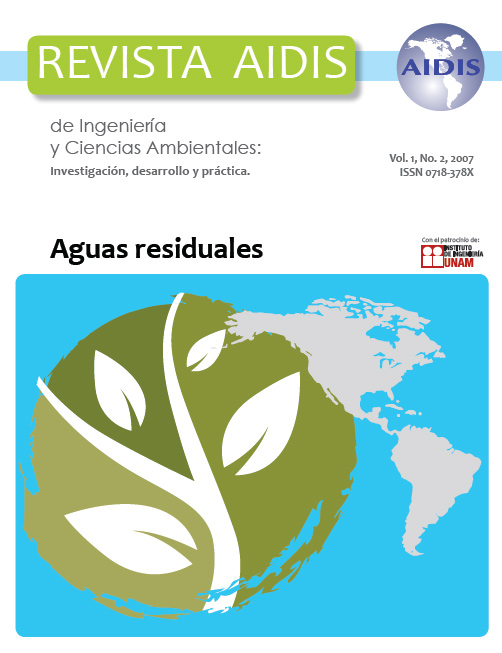Separação sólido-líquido em efluentes da suinocultura com uso de extratos tanantes modificados e aplicação de modelos de otimização multivariada
Contenido principal del artículo
Resumen
Due to the high number of contamination sources found in swine effluents, its reuse or direct disposal in the water environment becomes unsustainable, being the levels of concentration and organic load particularly high. A treatment alternative is the use of solid‐liquid separation techniques, with the utilization of organic, synthetic, or natural coagulants, aiming the reuse of the waste produced and a decrease in the environmental impact, when compared with the utilization of inorganic coagulants. This work presents the experiments run for swine effluents treatment, using solid‐liquid separation technique with utilization of a natural coagulant derived from the modified extract of the skin of Black Acacia (Acacia mearnsii) and sequential addition of Polyacrylamide (PAM) as coagulation aid. Turbidity removal efficiency was between 62.7 and 98.4%, and COD removal was 90%. The removal of metals was higher than 86%. The use of a coagulation aid (PAM) showed that an important reduction in sludge volume was achieved, but the same was not true for turbidity the removal.
Detalles del artículo
Cómo citar
[1]
Radis Steinmetz, R.L., Kunz, A.K., Ramme, M., Luiz Dressler, V. y Marlon de Moraes Flores, Érico 2009. Separação sólido-líquido em efluentes da suinocultura com uso de extratos tanantes modificados e aplicação de modelos de otimização multivariada. Revista AIDIS de ingeniería y ciencias ambientales: Investigación, desarrollo y práctica. 1, 2 (nov. 2009).
